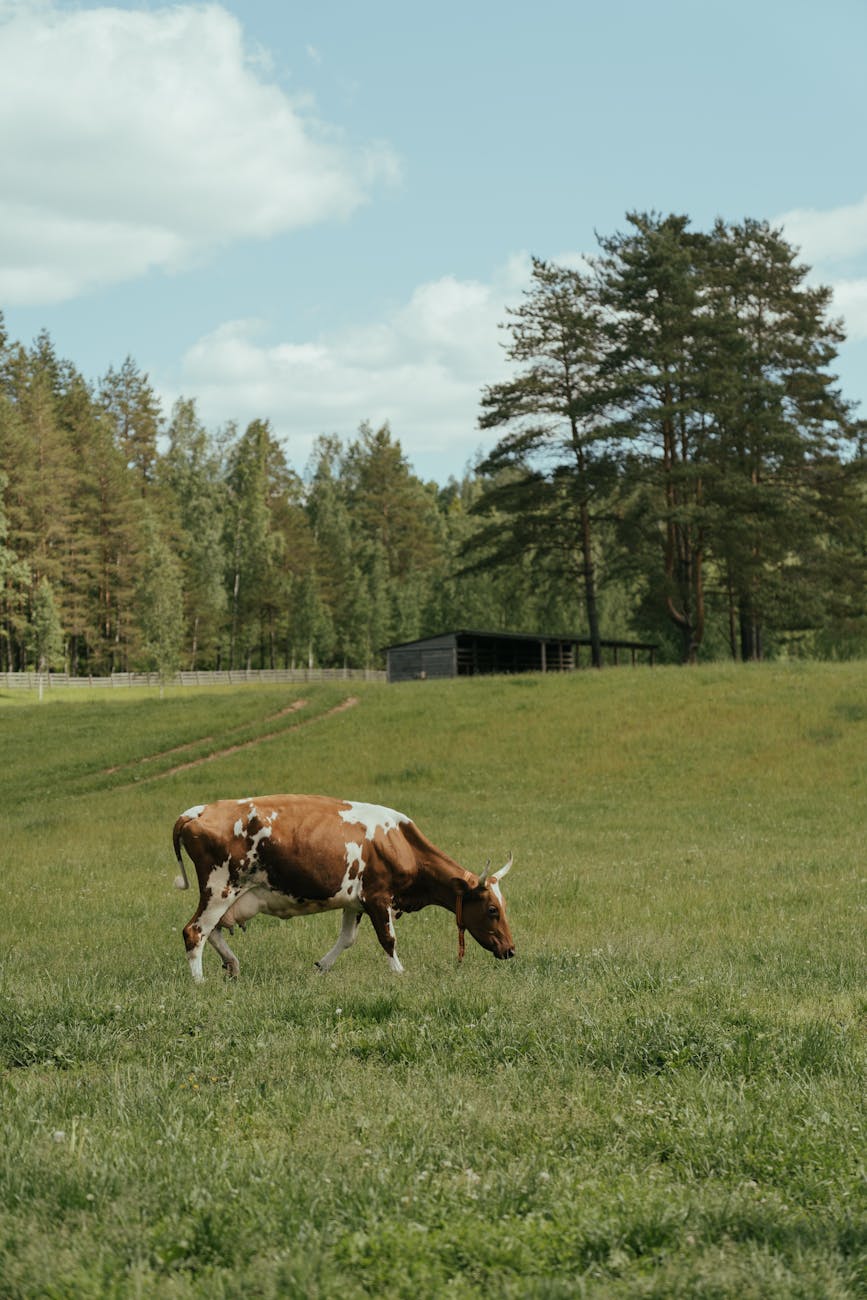Unveiling the Amazing Biology of Grass to Milk in Dairy Cows
Dairy cows are fascinating creatures that play a crucial role in the production of milk, a staple in many households worldwide. Have you ever stopped to wonder how these gentle giants transform humble grass into nutrient-rich milk? The process is a remarkable journey through the intricate biology of dairy cows, shedding light on their incredible ability to convert forage into a valuable source of nutrition for humans. Let’s delve into the fascinating world of dairy cows and explore the captivating journey from grass to milk.
The Digestive System of Dairy Cows
The journey of grass to milk begins in the rumen, the largest compartment of a dairy cow’s complex stomach. This fermentation vessel is home to trillions of microbes that break down fibrous plant material into simpler compounds through a process called rumination. As the cow chews cud, the partially digested food undergoes microbial fermentation, producing volatile fatty acids and microbial protein essential for the cow’s nutrition. The rumen acts as a biofactory where cellulose and hemicellulose present in grass are converted into energy-rich substances that sustain the cow’s metabolic needs.
Nutrient Absorption and Milk Production
Once the nutrients are broken down in the rumen, they pass through the reticulum, omasum, and abomasum, where further digestion takes place to extract essential vitamins, minerals, and proteins. These nutrients are then absorbed in the small intestine and transported to various body tissues, including the mammary gland. The mammary gland is where the magic happens – the synthesis of milk. Specialized cells in the udder called alveoli secrete a complex mixture of water, fats, proteins, and sugars that constitute milk. This process requires a significant amount of energy and nutrients derived from the cow’s diet, emphasizing the vital role of high-quality forage in milk production.
Optimizing Milk Production Through Nutrition
For dairy farmers, maximizing milk production is a top priority, and nutrition plays a pivotal role in achieving this goal. A balanced diet rich in energy, protein, vitamins, and minerals is essential for supporting the cow’s metabolic processes and promoting optimal milk yield. By providing a well-formulated ration containing a mix of high-quality forages, grains, and supplements, farmers can ensure that dairy cows have the necessary nutrients to convert grass into high-quality milk efficiently. Additionally, access to fresh water and proper management practices are essential for maintaining the health and well-being of dairy cows, ultimately enhancing milk production.
Challenges in Grass to Milk Conversion
While the biology of dairy cows is optimized for converting grass into milk, several challenges can affect this process. Factors such as poor diet quality, stress, disease, and environmental conditions can impact nutrient absorption, digestion, and milk production. It is crucial for dairy farmers to closely monitor their cows’ health, provide appropriate nutrition, and implement efficient management practices to overcome these challenges and safeguard milk production.
Conclusion
The journey from grass to milk in dairy cows highlights the extraordinary biological processes involved in producing nature’s perfect food – milk. By understanding the intricate biology of dairy cows and the crucial role of nutrition, we gain a deeper appreciation for the relationship between forage, cow, and milk. Through sustainable farming practices, proper nutrition, and attentive care, we can continue to enjoy the goodness of milk while respecting the remarkable biology of dairy cows.
